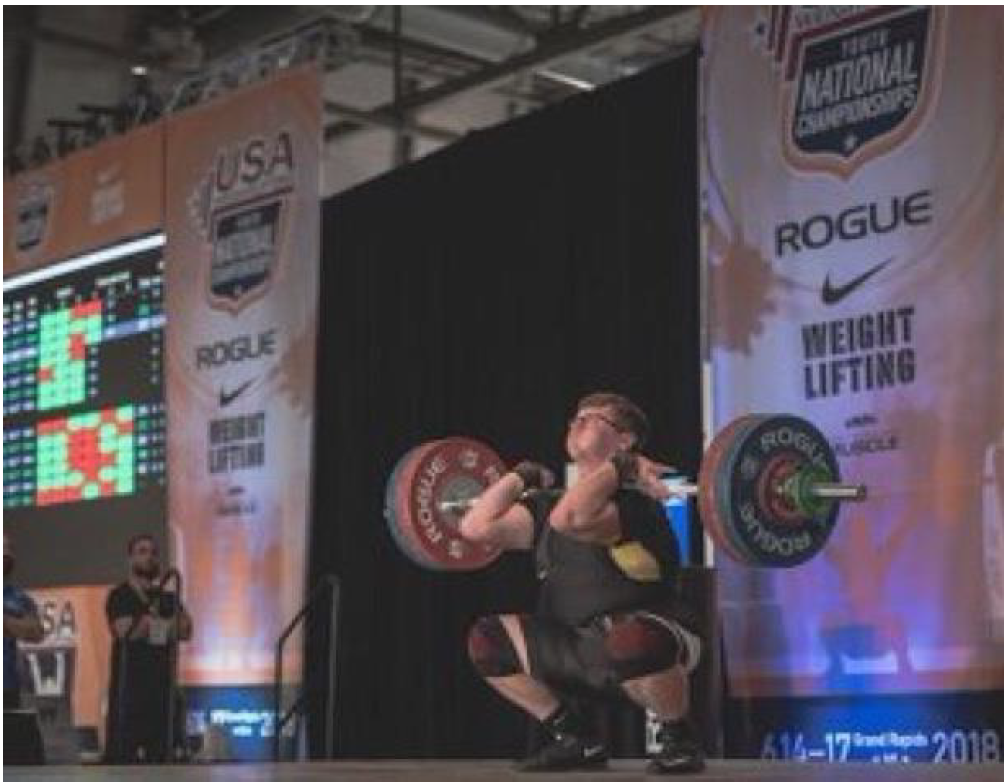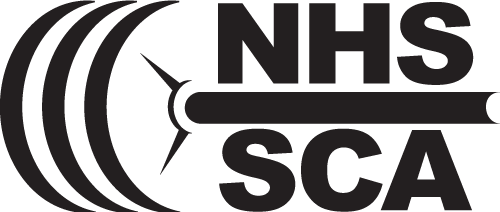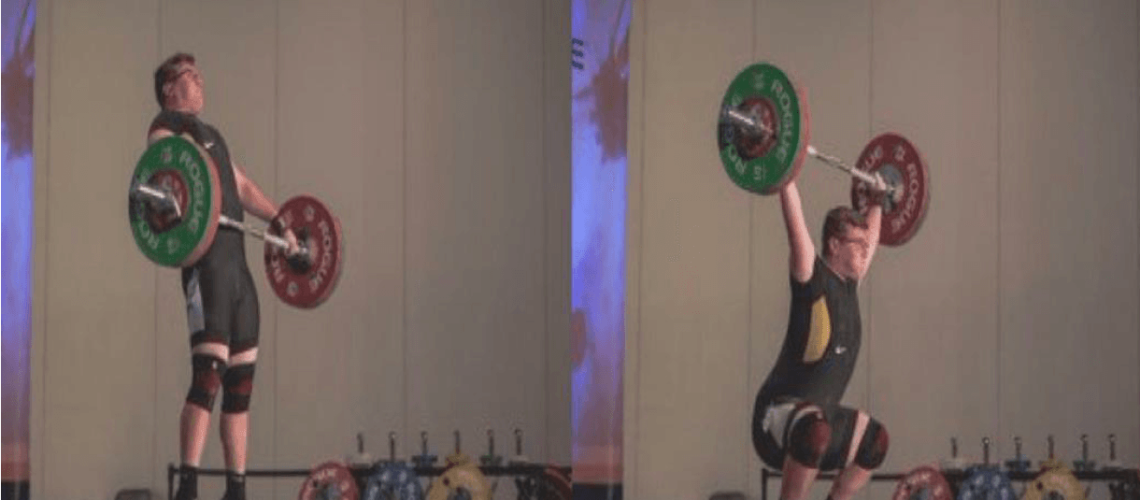
By Micah Stucky, MS, CSCS, USAW miqueas.stucky@gmail.com NHSSCA Florida State Advisory Board Member
Olympic weightlifting movements and their derivatives have long been used as a means to improve athletic development and enhance performance in various settings, including at the high school level. I believe in the Olympic weightlifting movements, the snatch and the clean and jerk for developing strength, power, flexibility/mobility and overall athleticism. These movements, along with squatting, pulling and pressing exercises, are great tools that should be used with athletes of all levels, as long as they receive adequate coaching and proper progressions are used.
It has been noted that a well-structured weightlifting program can elicit positive training adaptations in young athletes for strength and power [3]. The athletes’ familiarity with the Olympic weightlifting movements along with their training age will determine the starting point. For example, with the majority of incoming freshman or athletes new to weightlifting, I will begin by teaching them technique with a PVC stick or an unloaded barbell and gradually add weight as they improve; typically, an athlete will last a number of weeks learning technique alone before the bar is loaded. Using the top/down, partial/whole movement approach, which is taught in the USA Weightlifting Sports Performance Coach manual, is essential when teaching young athletes as it enhances the learning curve and it allows for breaking down the movement into separate parts prior to learning the full lift [2].
I typically begin by teaching a snatch variation: the hang power snatch. For the high school athlete, learning the snatch first is easier as it is one movement and it is easier to emphasize that it is a speed/explosive lift. As mobility improves in the overhead squat, which is used regularly in the warm-up, athletes will start to catch in full the overhead squat position (a.k.a. the hang snatch).
I include the hang snatch in many of the training programs for the different sports I work with for above- mentioned reasons, and because it has been shown to help increase power, strength and speed in male and female athletes [1].
Similarly, with the clean I will begin by teaching the hang power clean and progress it to pulling from the floor (a.k.a. the power clean). In fact, the power clean is one part of the battery of tests I do with many of my athletes, so it is vital for them to have solid technique before attempting a 3-, 2- or 1-rep maximum. Depending on the athlete, and the sport or where their training is in relation to their competitive season, I may have them perform full cleans or other clean variations such as hang cleans, complexes and clean pulls.
In some instances, I will exclusively use clean pulls or snatch pulls with some of my taller athletes, those with wrist or shoulder injuries, or athletes who are struggling with the catch due to poor mobility. Olympic weightlifting pulling derivatives, which are explosive in nature, can provide sufficient training stimulus to help build strength and power while also being easier to learn [4]. Even though I like to help progress my athletes to learn the full movements, as there are great benefits to the “catch phase” [3, 5], it is important to remember that individualization is key when developing athleticism.
Lastly, the final Olympic weightlifting movement I will teach is the jerk. Again, following the progressions set forth by USA Weightlifting, we begin with footwork only to transitioning to a full split jerk [2].
Simultaneously and over time, I will also progress the athletes from a military press, to push press, to power jerk, and finally to split jerk. This progression is important because it allows me to ensure the athletes have sufficient overhead strength and overhead stability, which decreases the risk of injury. However, when I coach weightlifters, because the jerk is part of the competition lift, I also make it a big part of their regular training program in addition to the pressing strength exercises. Will took bronze in snatch, silver in clean & jerk and silver in the total As I stated before, not only is weightlifting a great tool for building strength and enhancingperformance, but it also offers a great advantage in lowering the risk of injury for youth andadolescents. With adequate coaching and proper progressions, Olympic weightlifting can aidinstrengthening movement mechanics related to deceleration, landing, and cutting [3]. Additionally, deceleration training during “catching phase” of lifts can decrease risk of ACLinjury mainly due to the eccentric loading during front squat (clean) and overhead squat (snatch) [5]. With a wide range of benefits, the Olympic weightlifting movements and their derivatives should be a fundamental part of athletic development and performance enhancement programs, especially at the high school level. Our job as athletic development coaches is to ensure we adequately teach, progress and program these performance-enhancing movements for our athletes so we can help them reach their full potential and help provide themthe best opportunity possible for success.


